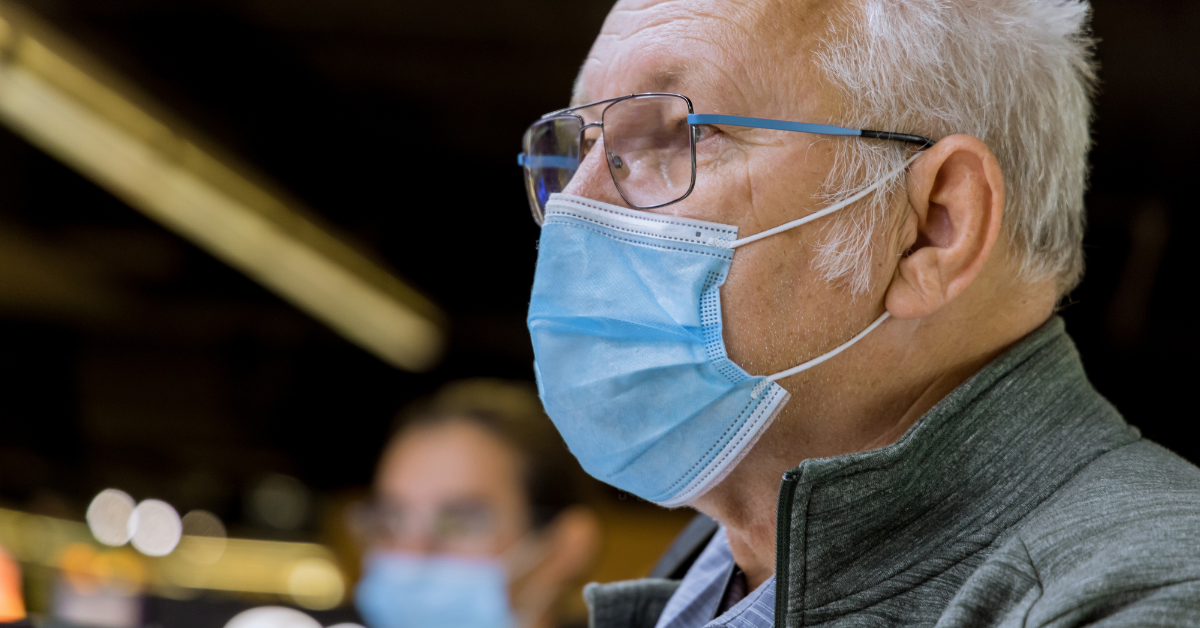The adaptations made during the COVID-19 pandemic were essential in keeping senior living communities afloat. Digital operations and virtual communication tools were put in place to ensure resident safety and prevent social isolation.
While borne out of necessity, these shifts have now become industry standard. Here are a few shifts that won’t be going away anytime soon:
-
-
- 1. The Shift to Digital Marketing
-
Quarantine and social distancing prevented in-person sales. This interruption catalyzed a long-overdue shift to digital marketing. Virtual tours, social media, and online advertising were leveraged more than ever before. According to Enquire’s data from October 2020, internet advertising generated 106% more inquiries for independent living, 54% more interest in assisted living and memory care communities, and 27% more inquiries about life plan communities than the year before.
Reaching younger and tech-savvier perspective residents requires investing in digital marketing efforts. This shift to digital marketing will become increasingly important in the years to come.
-
-
- 2. The Shift From Hospitality to Healthcare
-
The pandemic seemed to settle the long-standing debate over whether senior living is predominantly a hospitality or healthcare industry; and the answer? Senior living should be, above all, a health care product.
The pandemic highlighted the considerable care needs of seniors and their vulnerability to disease. Providers have begun to accept this and have started introducing in-house health care experts, bringing in new clinical staff, and implementing Telehealth services within their communities.
-
Before the pandemic, senior living had offered a mixture of hospitality and healthcare. While it is still important to market hospitality in communities, more seniors are becoming drawn to the healthcare aspect, and communities are now shifting their value propositions to reflect the demands of the market.
- 3. The Dependence on Technology
Adopting new technologies in senior living had already been in effect before the pandemic, but COVID-19 launched the industry into a new age of virtual operations. The adoption of new technologies like Telehealth and digital communication tools skyrocketed. These tools became essential to staying functional and competitive during the pandemic.
Telehealth, for example, provided a safe and accessible virtual alternative to in-person doctor visits during the pandemic. Interest in permanently adopting this form of care has grown significantly. 60-90% of physicians are currently using some form of Telehealth services, and the expanded use of virtual care models could provide patients with a more affordable, accessible, and sustainable form of healthcare in the future.
The pandemic also highlighted the importance of quick communication between residents and staff. Voice-activated home assistants and smart devices increase operational efficiency and give seniors access to help at the touch of a button.
Investing in technology that aids senior living staff and improves the care process of residents will be essential in the future and has already become a priority to senior living executives around the world.
How Wellzesta Can Help
Wellzesta utilizes our state-of-the-art technology to help your community stay on top of change by adapting and growing with you.
Wellzesta’s partnerships with platforms like VoCo allow communities to deliver safety and security to their residents, as well as let staff get quick and easy access to patient files and health records.
To learn more about Wellzesta, connect with a member of our Sales team or visit our website.




